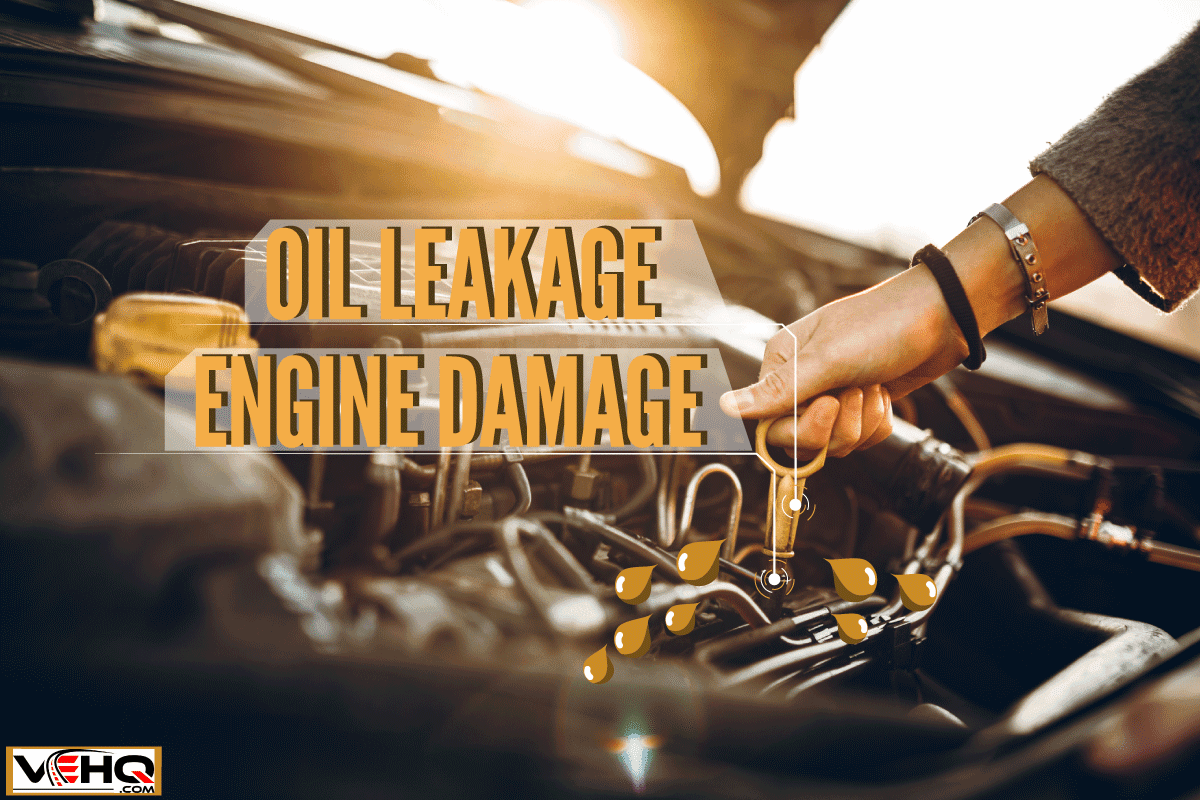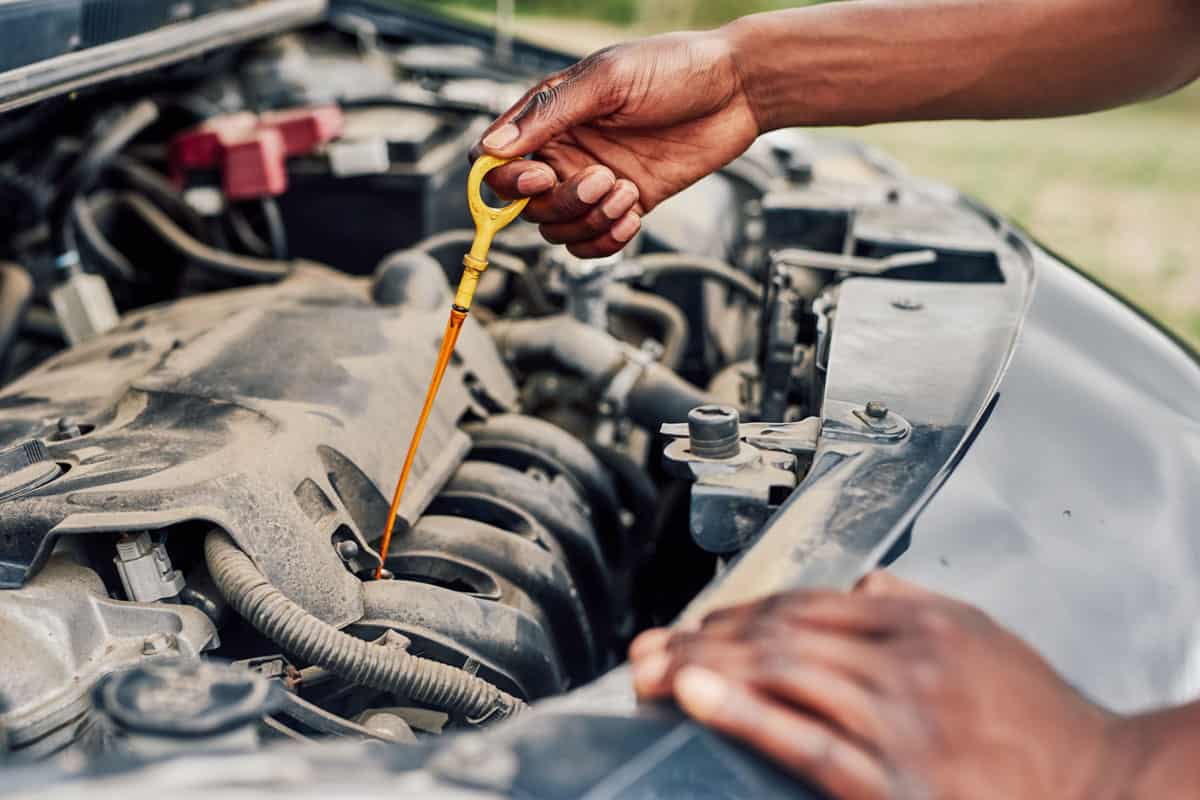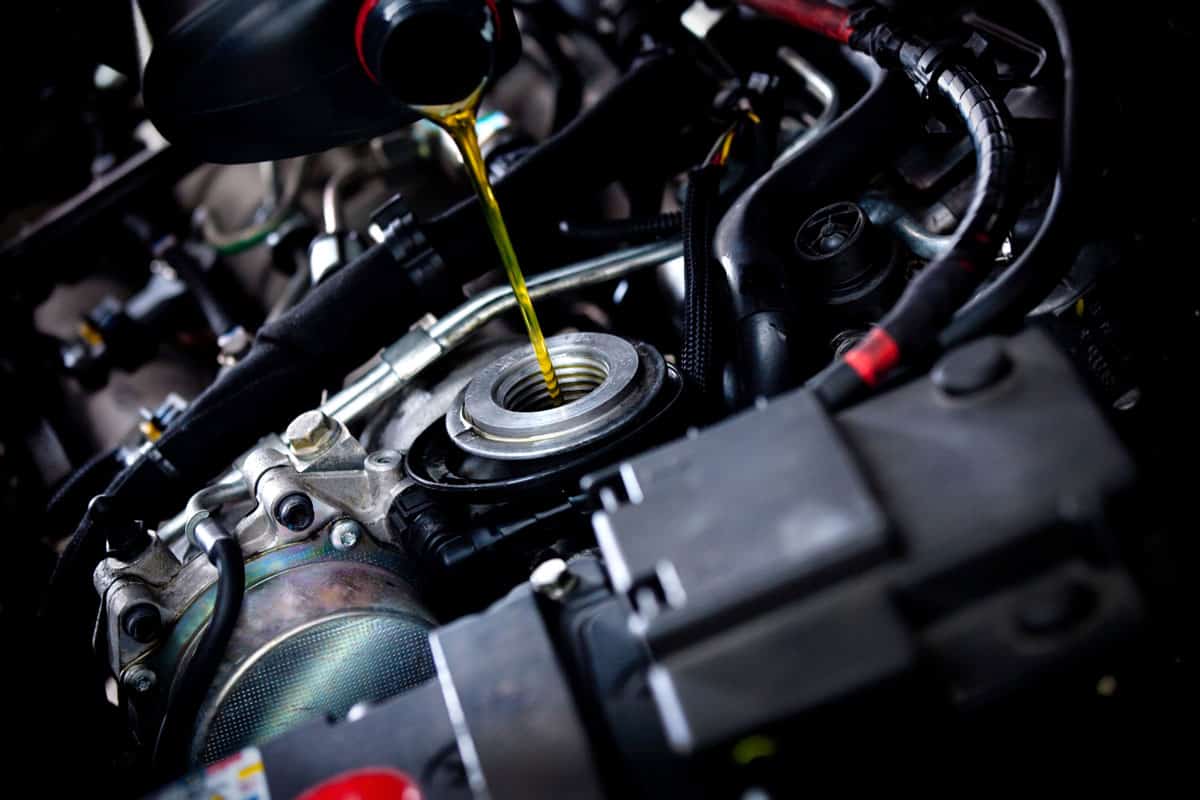A dipstick is an essential tool that helps assess if there is oil leakage in a vehicle. If you check the oil in your car and find that the dipstick won't go all the way in when you're done, you may be wondering if this is a problem. We have done some research on the issue and found solutions for you.
A dipstick that won't go all the way in can lead to problems with your car. If the dipstick is not tightly pushed inside the tube and there is too much pressure in the engine, oil may leak out and cause engine damage. The dipstick may not be going all the way in for various reasons—you may be using the wrong dipstick, the tube could be damaged, or there could be some kind of obstruction.
Read on as we discuss the importance of carefully fastening a dipstick in the tube and how to check your car's oil properly. We'll also cover other frequently asked questions concerning car oil problems.

When The Dipstick is Not Pushed In All the Way
When there is too much pressure in the crankcase, oil can flow from the dipstick tube to another cylinder. If the dipstick is not adequately fitted, oil can leak from the tube.
As aforementioned, there are reasons why your vehicle's dipstick may not push its way all the way in. To solve this, the common thing that car owners do is to insert a clean mechanic's wire through the predicted bottom end of the dipstick tube.
Usually, the tube is two inches into the engine's block. By inserting a clean mechanic's wire, you will have an idea where the obstruction had probably occurred and will be able to pinpoint if the problem is within the tube or the dipstick.

Other Reasons for Oil Leakage
There are instances when dipstick is not the reason why your engine has oil leakage. Some of the reasons worth examining are as follows:

Overfilling
Some non-submerged tubes protrude from the block casting, hovering just over the projected oil level. Excess air pressure in the crankcase will leak into the open space beneath your tube and exit through the dipstick hole.
Overfilling the oil sump, on the other hand, can submerge a normally non-submerged tube, covering it and allowing oil to move upward to relieve pressure.
Excessive Blow-by
As a result of combustion gases leaking beyond the piston rings, all engines experience some blow-by or pressure build-up in the crankcase. Diesel engines have substantially higher combustion chamber pressures than gas engines, making them more prone to blow-by.
This is especially true when a few miles have passed, and the piston rings can no longer adequately seal the combustion chamber. The only way to solve this problem is to completely rebuild the engine with an overbore, new pistons, and new rings.
Steps in Checking Your Car's Oil

Check your oil each week for a month to see how rapidly it depletes—or whether it depletes at all. Once you've determined that, you can check it less frequently, perhaps once a month. Check your oil as follows:
Step 1: Prepare Your Vehicle
Make sure your car is parked on level ground, with the engine turned off, the parking brake on, and the transmission in Park. Raise the hood. Consult your owner's handbook if you don't know how to do this.
Step 2: Locating the Dipstick and Oil Level Detection
Most dipsticks have a small, colored handle, generally yellow or orange, with an oil-can symbol.
Pull the dipstick completely out of its tube. The process of removing the dipstick is quite similar to taking a sword from its sheath. Afterward, wipe any excess oil from the end of the dipstick with a rag or paper towel.
Where should the oil level be when you pull out the dipstick? You should look closely at the tip of the dipstick and find the place where the oil stops. The level of the oil should be indicated by markings.
The dipstick has two lines at the tip, the lower of which indicates that the oil level is one quart low. The higher line indicates that the crankcase is full. Some dipsticks have words like "full" and "add" written on them.
Insert the dipstick slowly into the tube and push it all the way down. Now take it out and inspect the tip, which should have oil on it. If the oil level is between the two lines, your car has sufficient oil.
If the oil does not reach the mark on the dipstick, you should add one quart of oil. If the dipstick does not show an oil level, engine damage is one of the possible outcomes.
You should do a visual check on the oil pan and the engine compartment for any blockage. If everything is fine and there are no oil leaks, you may now pour the oil into the right place. One of the things to note is that the level of oil must depend on the age of your vehicle.
Step 3: Rechecking
After adding a quart of oil, you should wait several minutes for the oil to drain into the crankcase before checking the level to verify that it is between the high and low levels. The oil level does not need to be high for your engine to run safely.
Step 4: Check for Coolant Leak or Old Oil
If you seen brown bubbles or a brown film on the dipstick, this may indicate that coolant has spilled into your engine. Never use motor oil to test antifreeze.
Another indication of a coolant leak is white smoke that has a sweet smell. The dipstick oil level could go up, suggesting that coolant has gotten into the crankcase.
If you discover coolant in your engine oil, you should have it repaired right away.
The rate at which oil matures depends on the type of fuel you use, your driving conditions, and the age of the engine. If you don't replace your oil on time, it will eventually stop protecting your engine.
The oil should be slick, shiny, and translucent in appearance. The most common sign that it's time to change the oil is if it has sludgy deposits or gritty dirt particles. Other signs are oil that's very thick or has a foul odor.
A blotter spot test is an option you can try if you're uncertain as to whether or not your car needs an oil change.
Frequently Asked Questions

Why Do Some Cars Not Have a Dipstick?
The engine oil level is read using a level sensor in vehicles that do not have a dipstick (on the bottom of the engine oil pan). Engine oil is typically measured using conductive sensors.
A low-voltage, current-limited power source is provided across separate electrodes in conductive level sensors.
On the other hand, in some automobiles that lack dipsticks, transmission fluids must be checked by raising the car on four jacks. On the side, there is a plug for filling the transmission case.
Can You Check Engine Oil Without Dipstick?
To read the engine oil level, a dipstick is required. Plus, there is a sensor installed on the bottom of the oil pan to do so. An engine sensor could produce a signal if the oil between the electrodes is high.
The dipstick sits at the bottom of the oil pan and monitors low oil levels to detect the problem when necessary.
However, many newer vehicles do not have a dipstick. Instead, oil levels are checked and displayed on the dashboard using sensors within the engine.
To obtain an accurate reading, the engine may need to be cold and switched off, or fully warmed up and running, depending on the vehicle.
What Happens If You Check The Oil When The Engine is Hot?
Warming your engine (particularly if the outside temperature is below zero) and then turning it off and waiting 10-15 minutes before checking the oil level will give you the most precise reading.
This interval ensures that the oil is not too hot, which could burn engine parts or injure you.
Is It Okay To Be a Quart Low on Oil?
Your car should be fine up until it's nearly a quart low on oil. If you drive it without engine oil, the engine may seize suddenly. You might have to rebuild the entire engine.
Automakers and owner's manuals will frequently advise you to add oil only when the oil level falls below the add mark on the dipstick. You should keep in mind that the crankcase in most modern cars can hold about four quarts of oil. So you're using 25% less oil in the engine, which could be dangerous.
How Long Should a Quart of Oil Last?
It is true that most engines will consume some oil. Manufacturers estimate that one quart of oil is adequate for 1,500 kilometers. It should also be noted that some high-performance automobiles will burn a quart of oil in much less than 1,000 miles, which is deemed acceptable.
Takeaways

So there you have it – four simple methods for dipstick oil analysis. Have you discovered any tips for using your dipstick to examine used oil?
More articles regarding car repairs can be found below. Check them out!
Can You Supercharge A V6 Engine?
How Much Oil Does A 6.7 Cummins Take?
